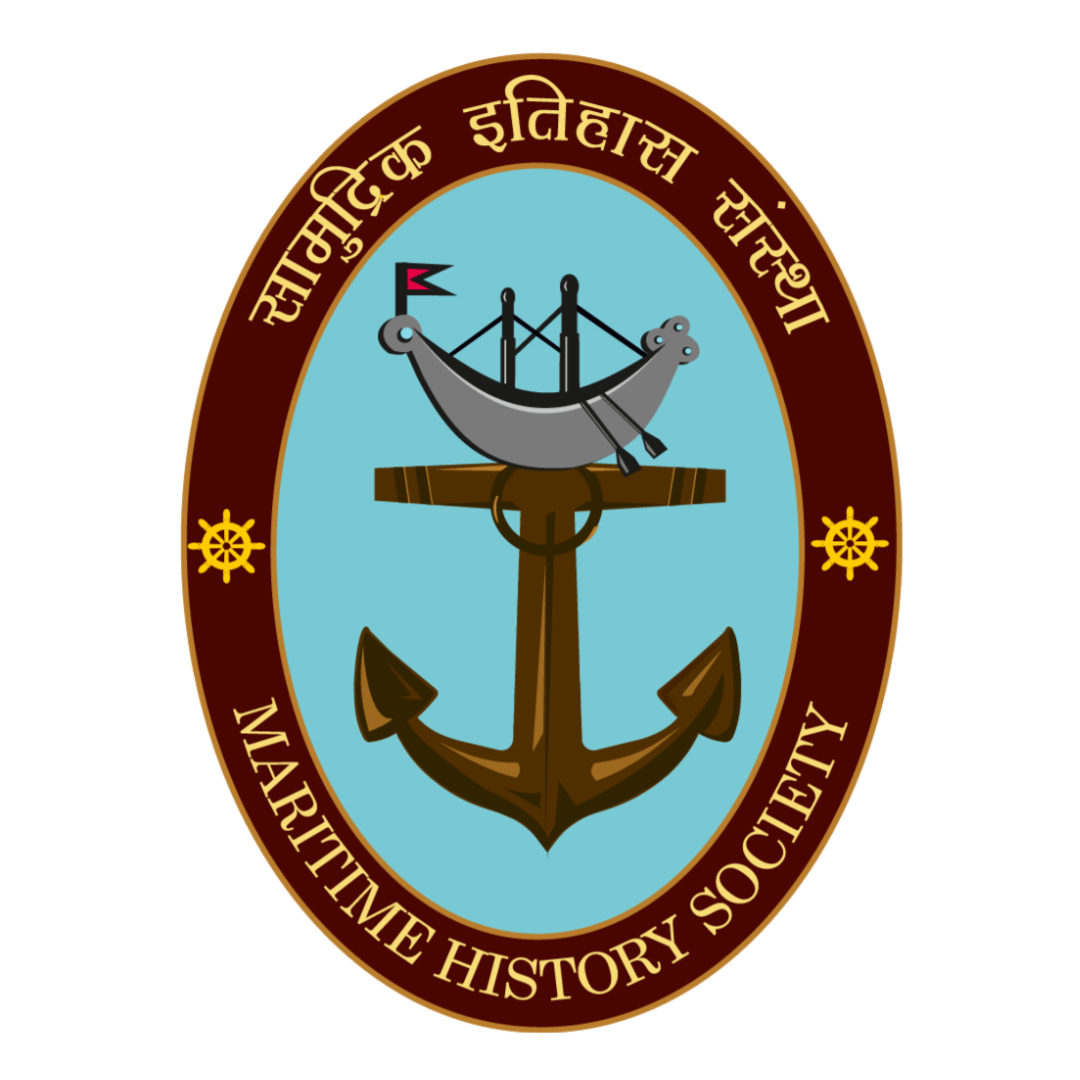The oldest Command Hospital of the Indian Navy, Indian Naval Hospital Ship (INHS) Asvini derives its name from the Vedic deities Asvins or Asvin Kumaras, also known as the horse twins who were proficient in the knowledge of health, medicine, and science. In the Rig Veda, the Asvins are depicted as guardian deities who tend to the ailments of people by ensuring their safety, further coming to aid in the time of need. Located in Navy Nagar, Colaba, INHS Asvini was commissioned into the Indian Navy on 18 September 1951. Even though it has only been 71 years since its establishment, the facility has a remarkable history of over 250 years.
Colaba was one of the seven islands along with Old Woman’s Island popularly known as Little Colaba which formed Bombay through the activity of reclamation. Due to its strategic location, Colaba was declared a cantonment in the later part of the 18th century.
Following this, King’s (Seamen’s) Hospital was established in 1756 for the English troops. The late 17th century witnessed a number of diseases among troops which included fluxes, dropsy, scurvey, barbiers, gout, stone, and many more. Seeing this, the Commissioners of the English East India Company took notice of the need for a hospital in the lands of Bombay.
Ever since its establishment, the infrastructure of the hospital has witnessed significant developments. In 1766, the hospital was converted into a convalescent home, or a facility developed for patients who were in the process of recovery after a serious ailment or injury. In the following few decades, the Sepoy Hospital and the Battalion Hospital were expanded along the sides of the main building complex.
In 1863, the transition of the Royal Navy to the Bombay Marine led to the hospital being taken over by the Army, upon which the inadequate capacity was reinstated by erecting an arcade stone building in 1899. The hospital further underwent significant evolution such as the addition of a ‘Family Hospital’ in 1929, the Hawa Mahal which has made it one of the best Command Hospitals in the country.
The Military Hospital, Colaba was handed over by Major General Gurdial Singh, General Officer Commanding, Bombay Area to Admiral Sir Edward Parry, Commander-in-Chief, Indian Navy in 1951 and inducted into the Indian Navy with the name of INHS Asvini. In January 1977, Asvini was classified as a Command Hospital with a bed strength of 825.
A Command Hospital is understood as a major military hospital, operated by the armed forces. Usually reserved for the forces, Command Hospitals render the facilities of a super-speciality hospital with care-units in diverse fields of need. Despite having many military hospitals throughout the length and breadth of the country, the Indian Armed Forces (the Indian Army, the Indian Air Force, and the Indian Navy) have eight Command Hospitals, of which, INHS Asvini is the only Command Hospital that is owned and operated by the Western Naval Command, Indian Navy.
Due to their military background and philosophy, Command Hospitals have a knack for handling situations involving quick decision making as the responsibility of a serving personnel’s emergency has to be taken upon by themselves. Their role is rather challenging also because along with treating diseases, they are also to treat serious injuries caused in any sort of combat. Further, the consent of families of the personnels might not always be available. Therefore the need to make a close call and take up the accountability for the same is something that the doctors are well-equipped with.
Apart from the medical services , INHS Asvini is also a postgraduate research and training institute. Equipped with advanced machinery, the various departments provide comprehensive learning experience to the students. One of the important aspects of the INHS Asvini is that it provides care to the naval population of Western Naval Command as well as to the Army Garrison, the Air Force and to ex-service personnel.
Additionally, the hospital also houses many notable historic building, for instance, the grand arcaded stone building constructed in 1899 which marks the works of the Army when the hospital was handed over by the Royal Navy upon its change to Bombay Marine, the ‘Family Hospital’, the Hawa Mahal (presently, the ward of Gynecology department), and many more. These are till date constantly being preserved while being put to use simultaneously. The natural heritage within the complex of INHS Asvini such as the old banyan trees that have existed since generations has also been awarded the heritage status.
INHS Asvini has a history of evolution and continues to make history both in terms of being one of the best and one of its own in the country. Over the decades, advances in the medical fields saw the development of the various existing facilities with newer technologies. The intermingling of both the working faculty and the students who are pursuing Post Graduation provides the institution with a wide scope of critical analysis and research. Its growth and development mark the advancement of medicine in Indian history.
REFERENCES:
- Wise, Thomas (1860). Commentary on the Hindu System of Medicine.
- The Commanding Officer, IHNS Asvini (2005), INHS ASVINI Caring and Curing
- https://www.thehindu.com/news/cities/mumbai/news/inhs-asvini-among-top-defence-hospitals/article8260256.ece
- https://www.business-standard.com/article/news-ians/mumbai-s-inhs-asvini-is-best-command-hospital-of-armed-forces-117030201136_1.html
- https://www.indiannavy.nic.in/content/inhs-asvini
Metadata: The Indian Naval Hospital Ship also known as INHS holds a history of over 250 years. Initially established as King’s Seamen Hospital in 1756, the hospital was commissioned into the Indian Navy and given the name of INHS Asvini. At present, it is the only Command Hospital under Indian Navy, and has been in a phase of constant evolution since its induction, to now be known as one of the best Command Hospitals with advanced technologies.



0 Comments